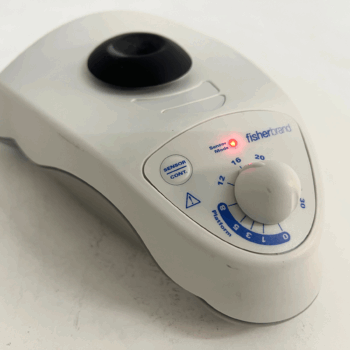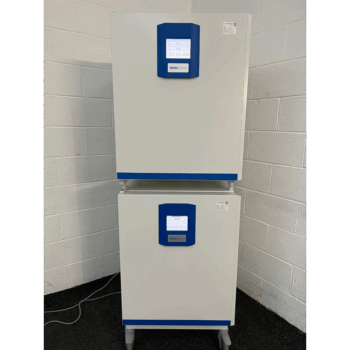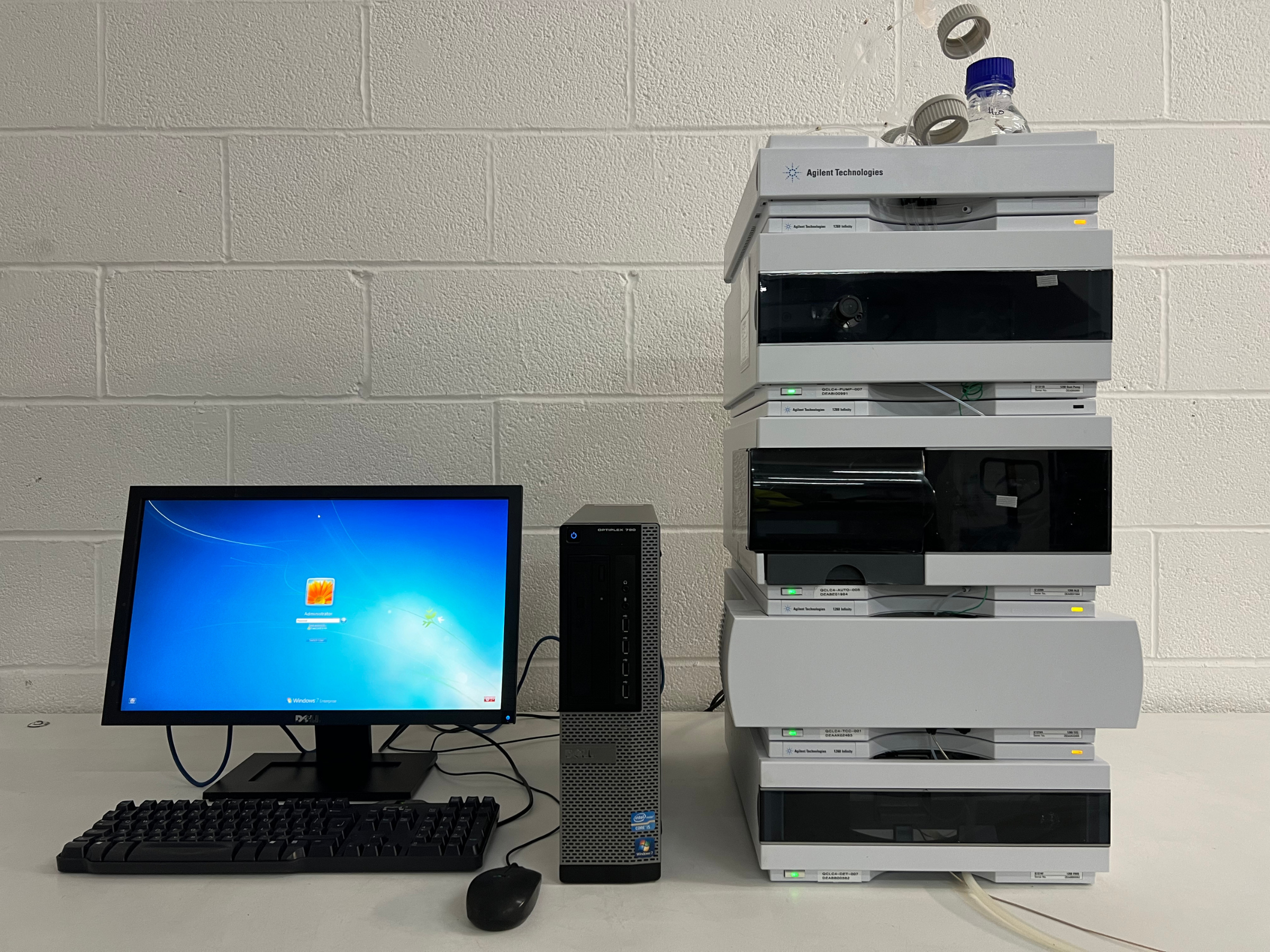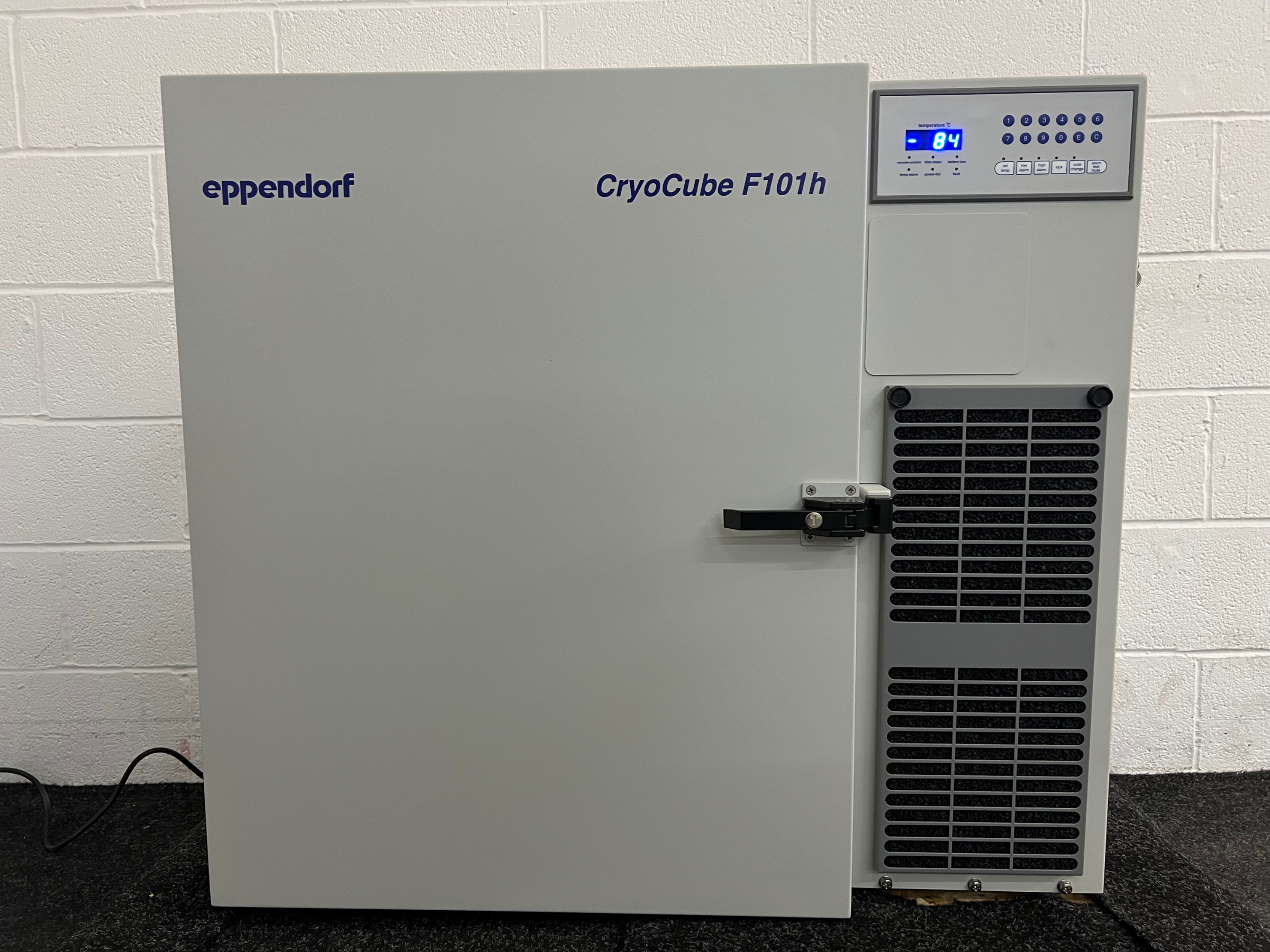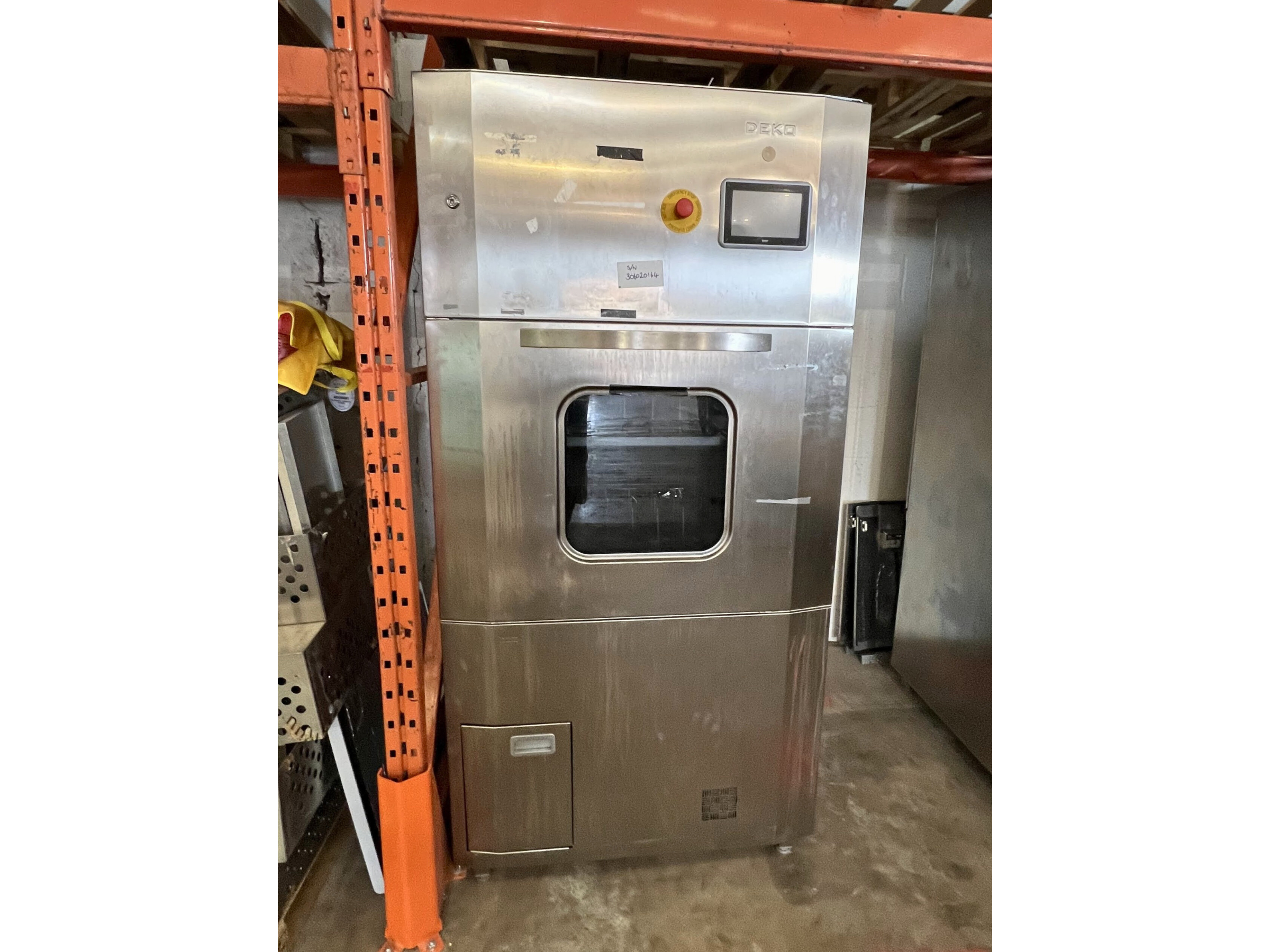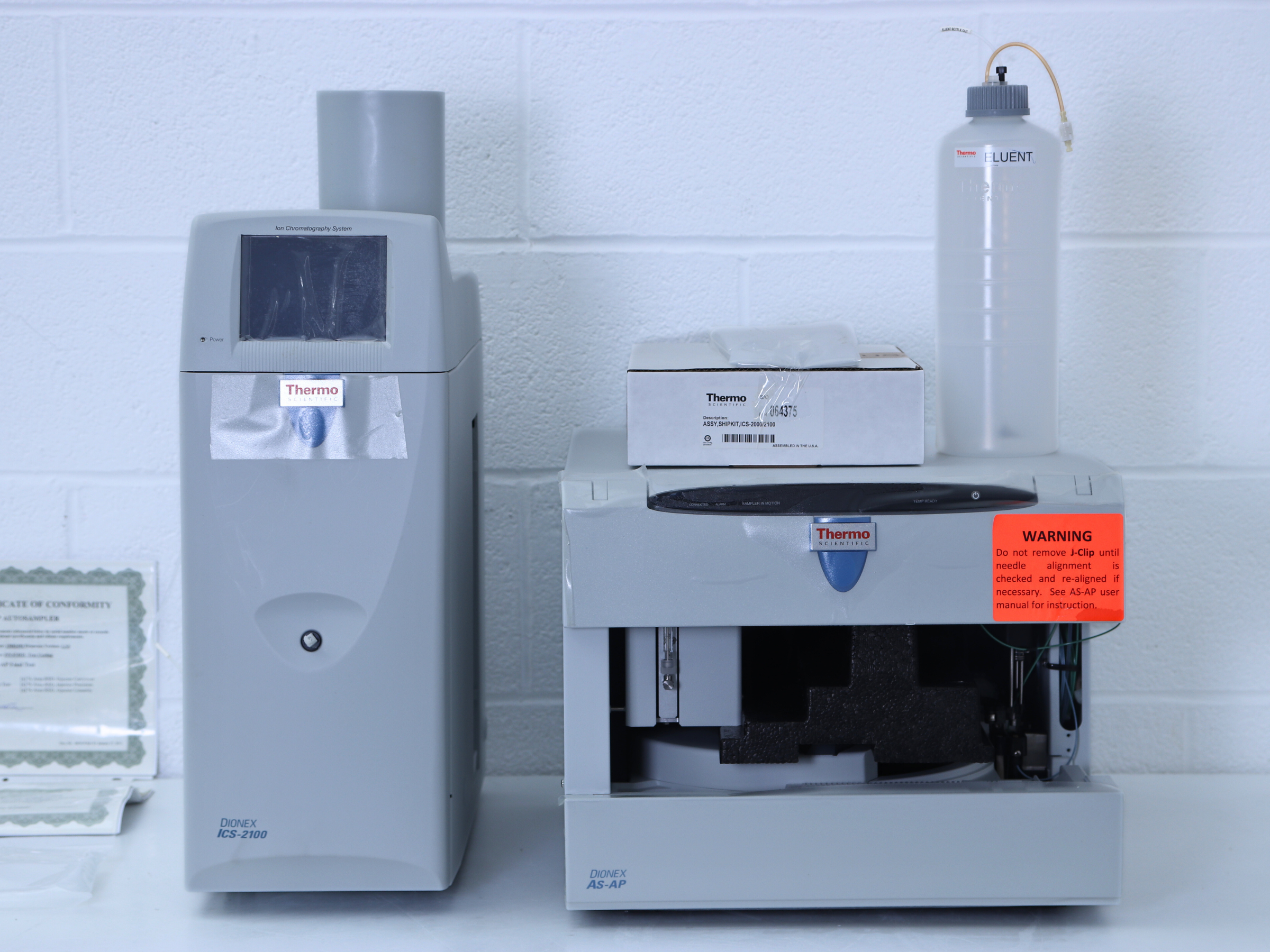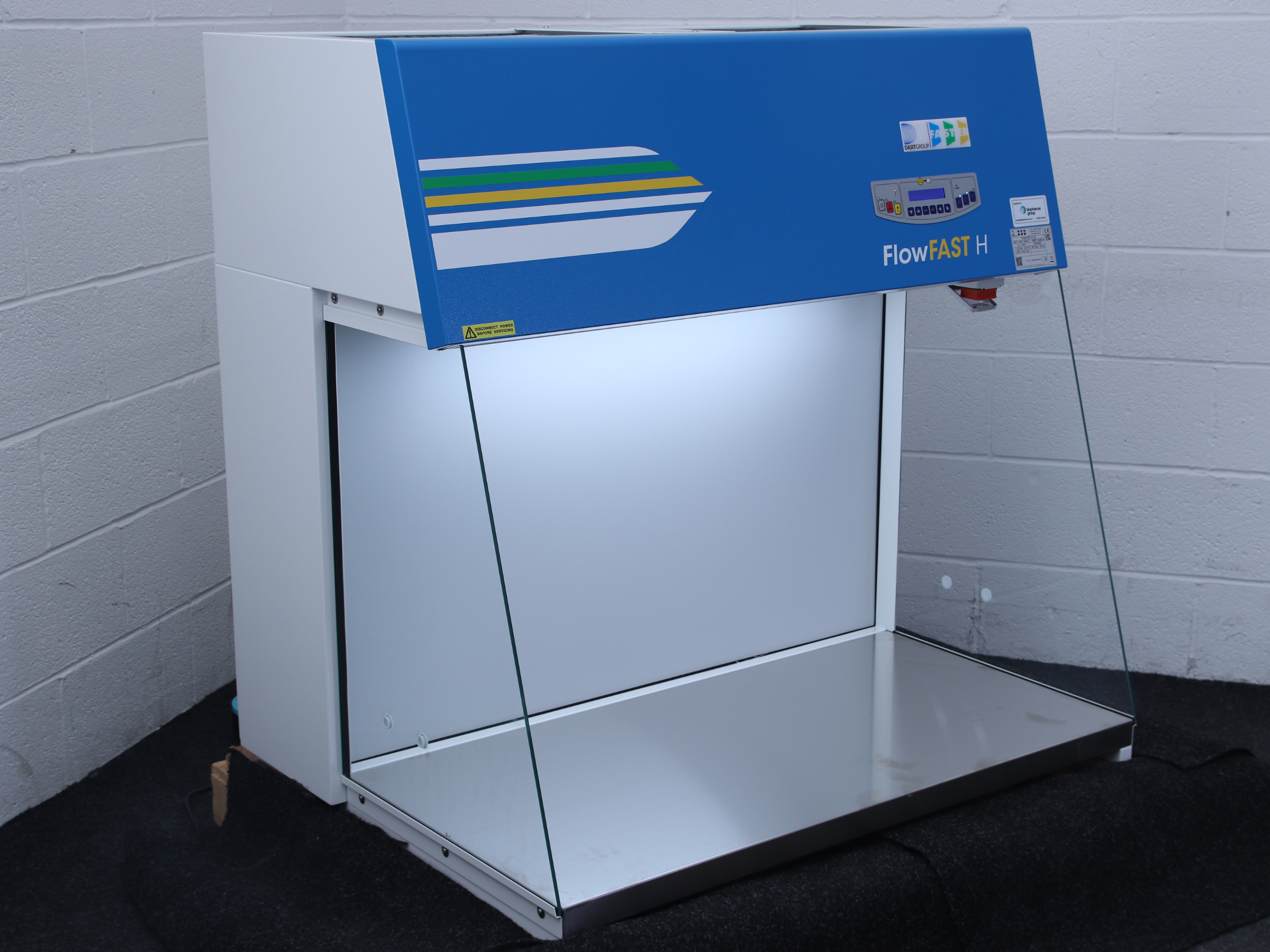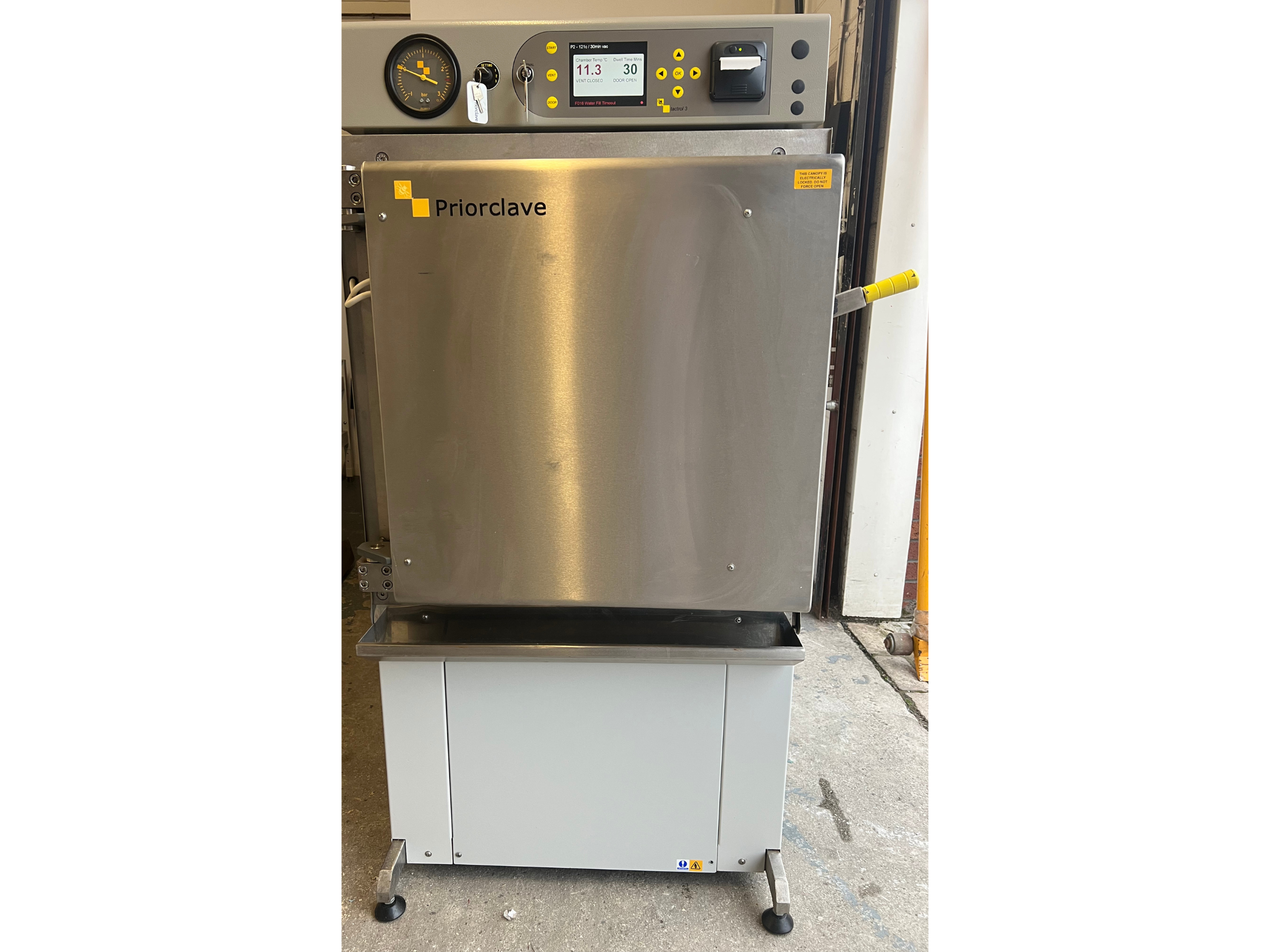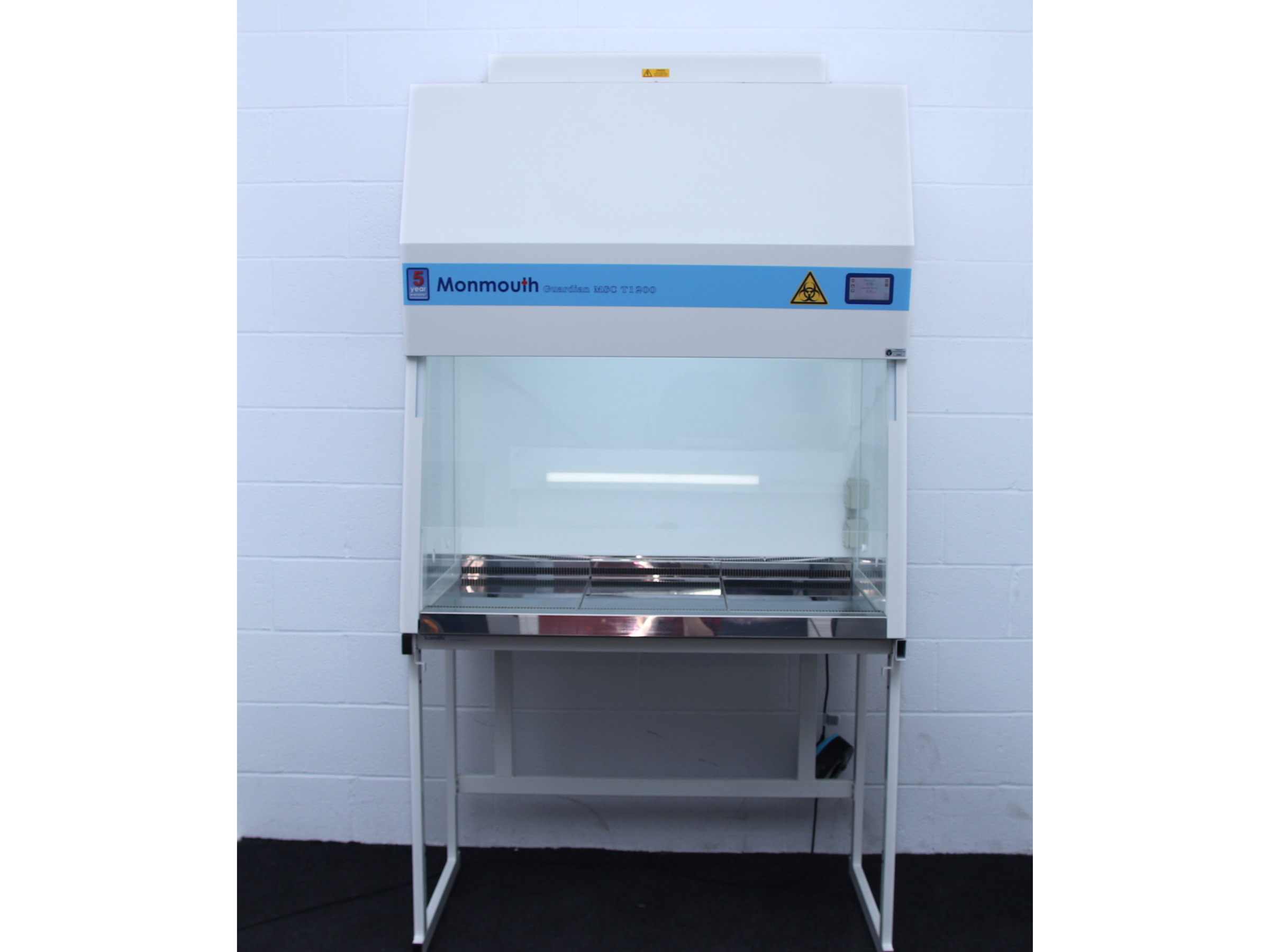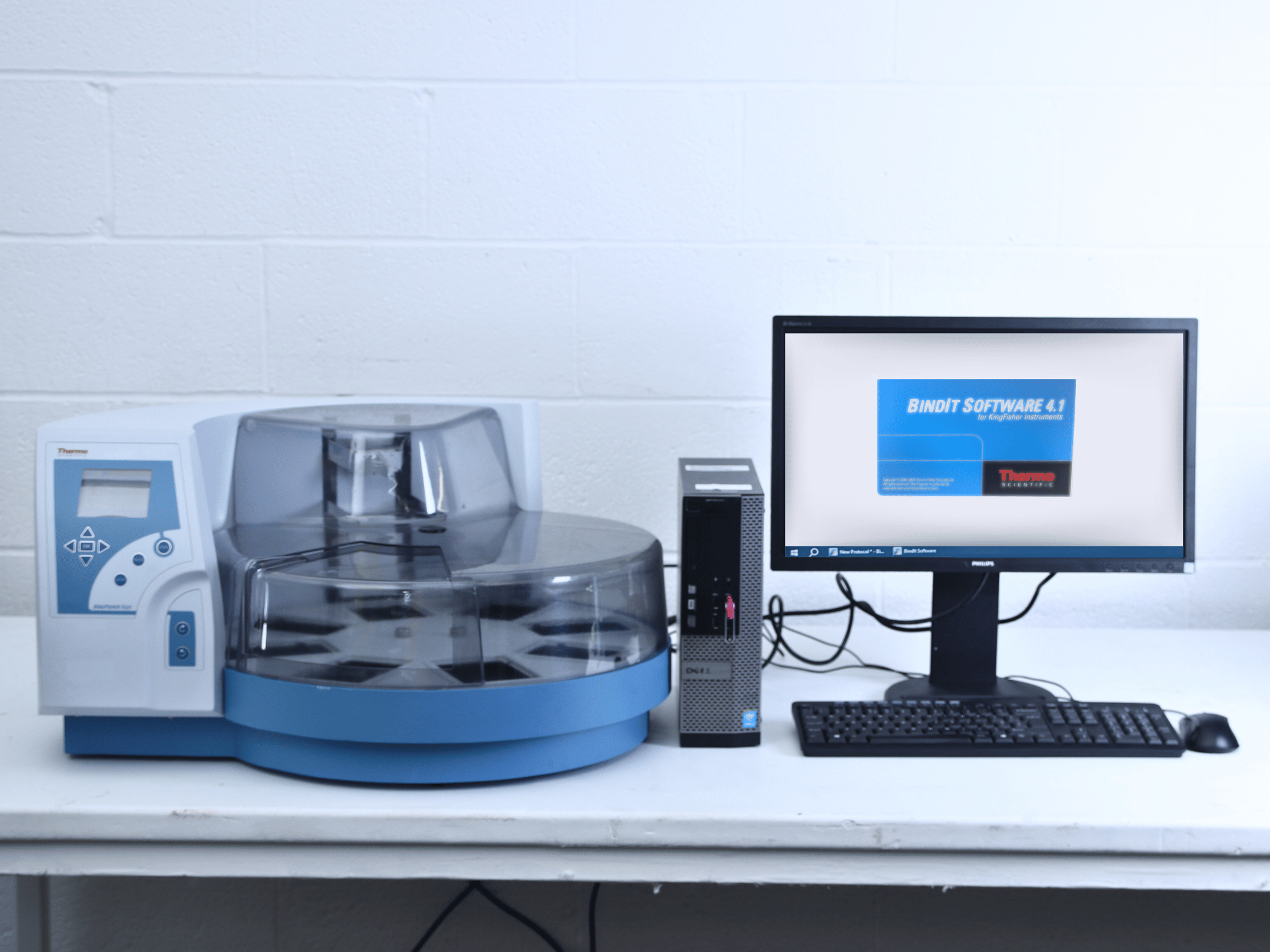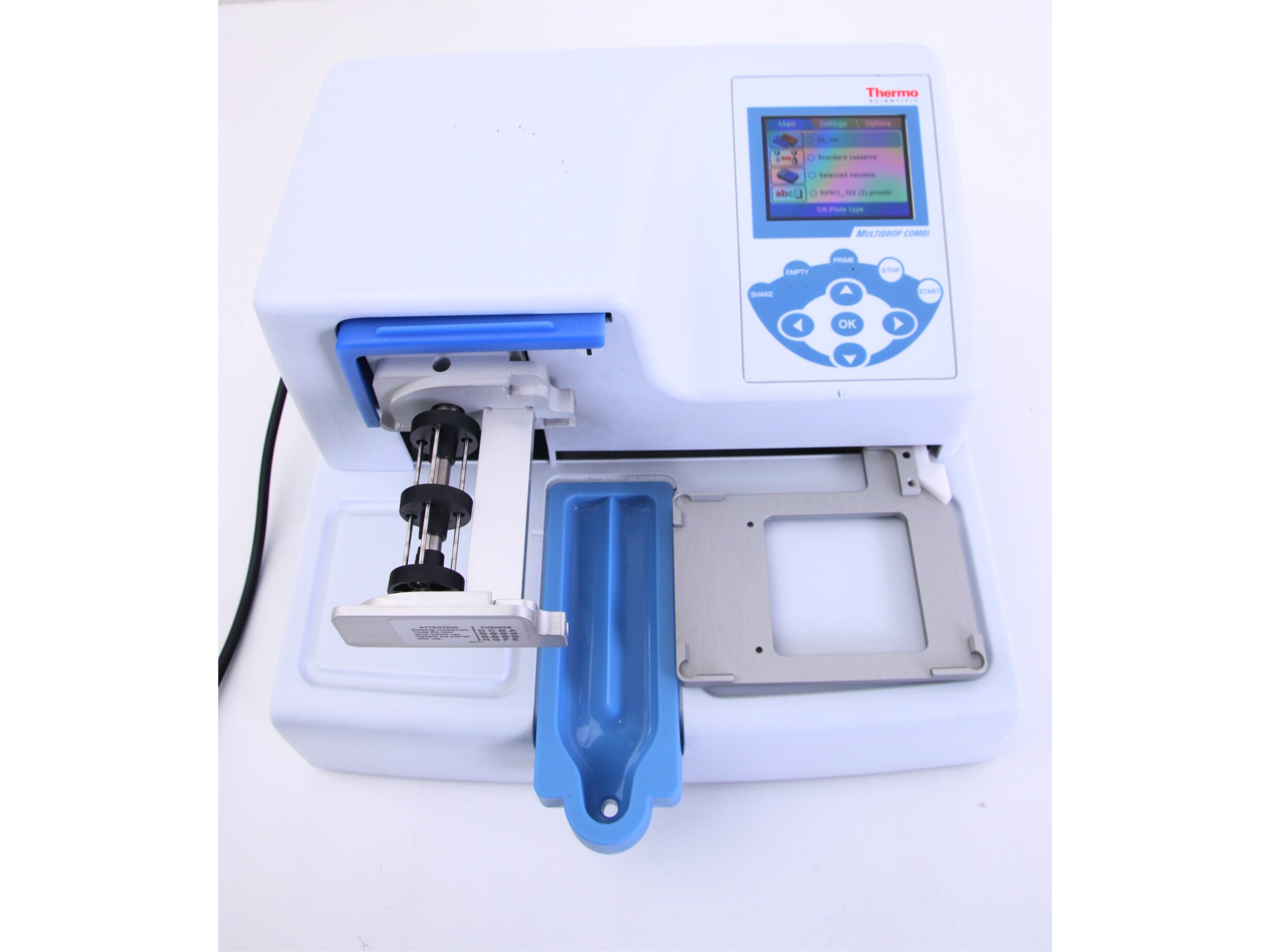Laboratories are dynamic environments, with ever changing requirements. However, they are also known for their substantial investment in cutting-edge lab equipment, which plays a pivotal role in conducting experiments and pushing the boundaries of scientific knowledge. While staying at the forefront of technology is essential, managing costs and assets wisely is equally important.
Understanding Depreciation
Depreciation is a financial concept that reflects the decrease in the value of an asset over time. In the context of laboratories, lab equipment depreciation refers to the decline in the value of scientific instruments and apparatus as they age or become outdated. Depreciation can occur due to various factors, including wear and tear, technological advancements, and changes in market demand.
Factors Affecting Lab Equipment Depreciation
Several factors influence the depreciation of lab equipment:
Technological Advancements: Scientific instruments continually evolve, becoming more efficient, precise, and user-friendly. As new technology emerges, older equipment may become obsolete, leading to a decrease in value.
Physical Wear and Tear: Lab equipment is subjected to rigorous use, which can result in physical wear and tear. Over time, this can affect its functionality and resale value.
Market Demand: Market demand for specific types of lab equipment can fluctuate. Equipment that is in high demand may retain its value better than equipment that has fallen out of favour.
Maintenance and Care: Proper maintenance and care can extend the lifespan of lab equipment and slow down its depreciation. Neglecting maintenance can lead to faster depreciation.
Economic Conditions: Economic factors, such as inflation and changes in the cost of raw materials, can also impact the depreciation of lab equipment.
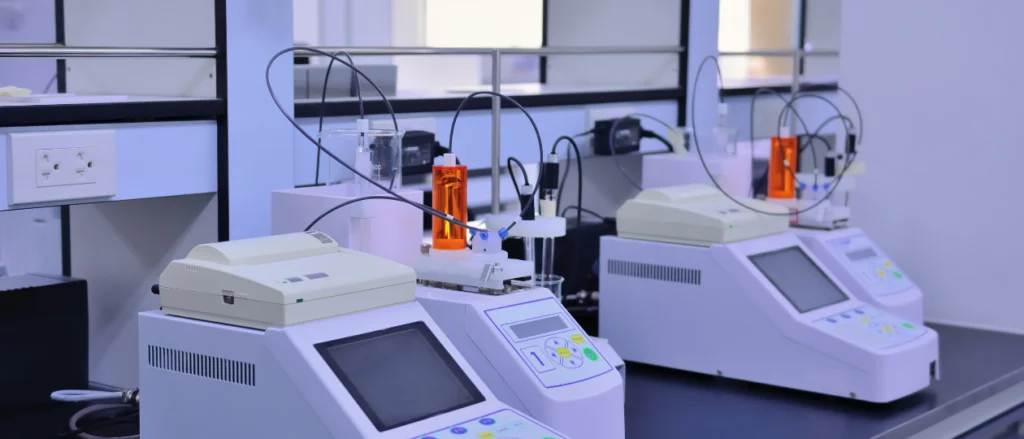
Strategies for Managing Lab Equipment Depreciation
Effectively managing lab equipment depreciation is essential for laboratories to optimise their investments and allocate resources wisely. How can you manage lab equipment depreciation, ensuring equipment maintains its value for as long as possible?
1. Regular Equipment Assessments
Periodically assess the condition and functionality of lab equipment. Identify any signs of wear and tear and address maintenance and repair needs promptly. Regular assessments can help extend the equipment’s lifespan and preserve its value.
2. Stay Informed About Technological Advances
Keep abreast of advancements in scientific instrumentation. Knowing when newer, more advanced equipment becomes available can help laboratories plan for upgrades and replacements, reducing the impact of depreciation.
3. Consider Equipment Lifecycle Costs
When purchasing lab equipment, consider not only the upfront cost but also the total cost of ownership over its expected lifespan. This includes maintenance, repairs, and eventual replacement costs. Make informed decisions that balance initial investment with long-term expenses.
4. Explore Resale Opportunities
When lab equipment reaches the end of its useful life within your laboratory, consider selling it to reputable buyers or organizations specializing in used lab equipment. This can help recover some of the initial investment and reduce the financial burden of equipment depreciation.
5. Implement a Depreciation Schedule
Develop a depreciation schedule that accounts for the expected lifespan of each piece of lab equipment. This schedule can help laboratories plan for equipment replacements and allocate funds accordingly.
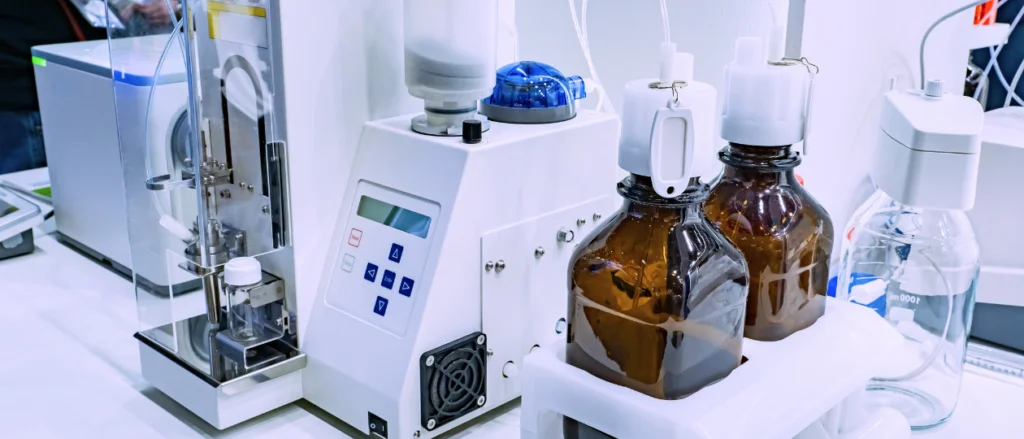
The Benefits of Wise Asset Management
Effectively managing lab equipment depreciation offers several advantages to laboratories:
Cost Savings: By minimizing the financial impact of equipment depreciation, laboratories can allocate resources more efficiently, potentially saving money in the long run.
Technology Access: Laboratories can stay up-to-date with the latest technology by strategically upgrading equipment when necessary.
Optimised Research: Well-maintained and up-to-date equipment ensures that experiments and research projects can proceed without interruptions or compromises.
Sustainability: Responsible equipment management aligns with sustainability goals by reducing waste and promoting the reuse of equipment in the scientific community.
Ultimately, lab equipment depreciation is an important financial consideration for laboratories. By understanding the factors that influence depreciation and implementing strategies to manage it effectively, laboratories can make informed decisions, optimize their resources, and continue to pursue ground-breaking research while managing costs wisely.

